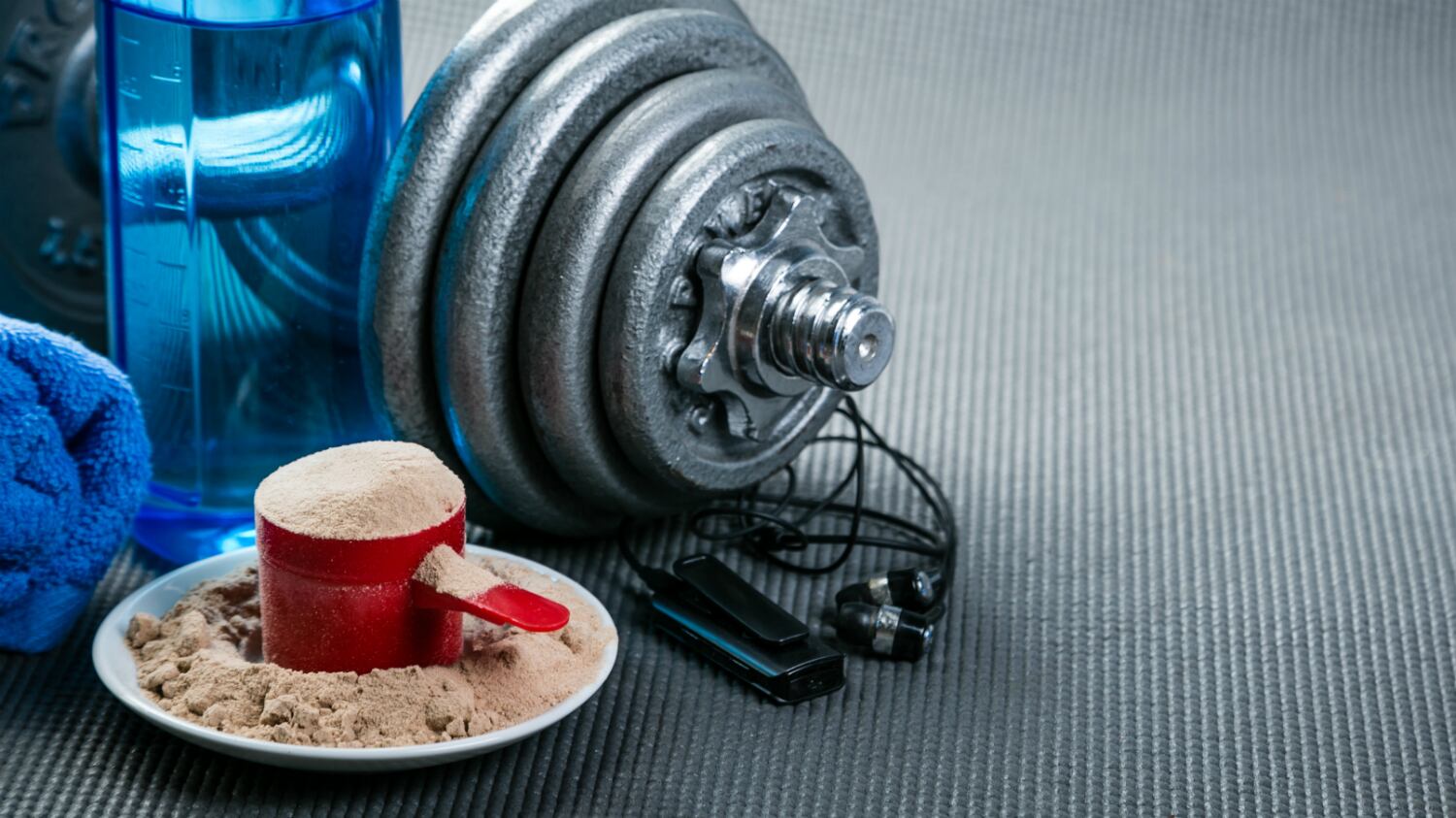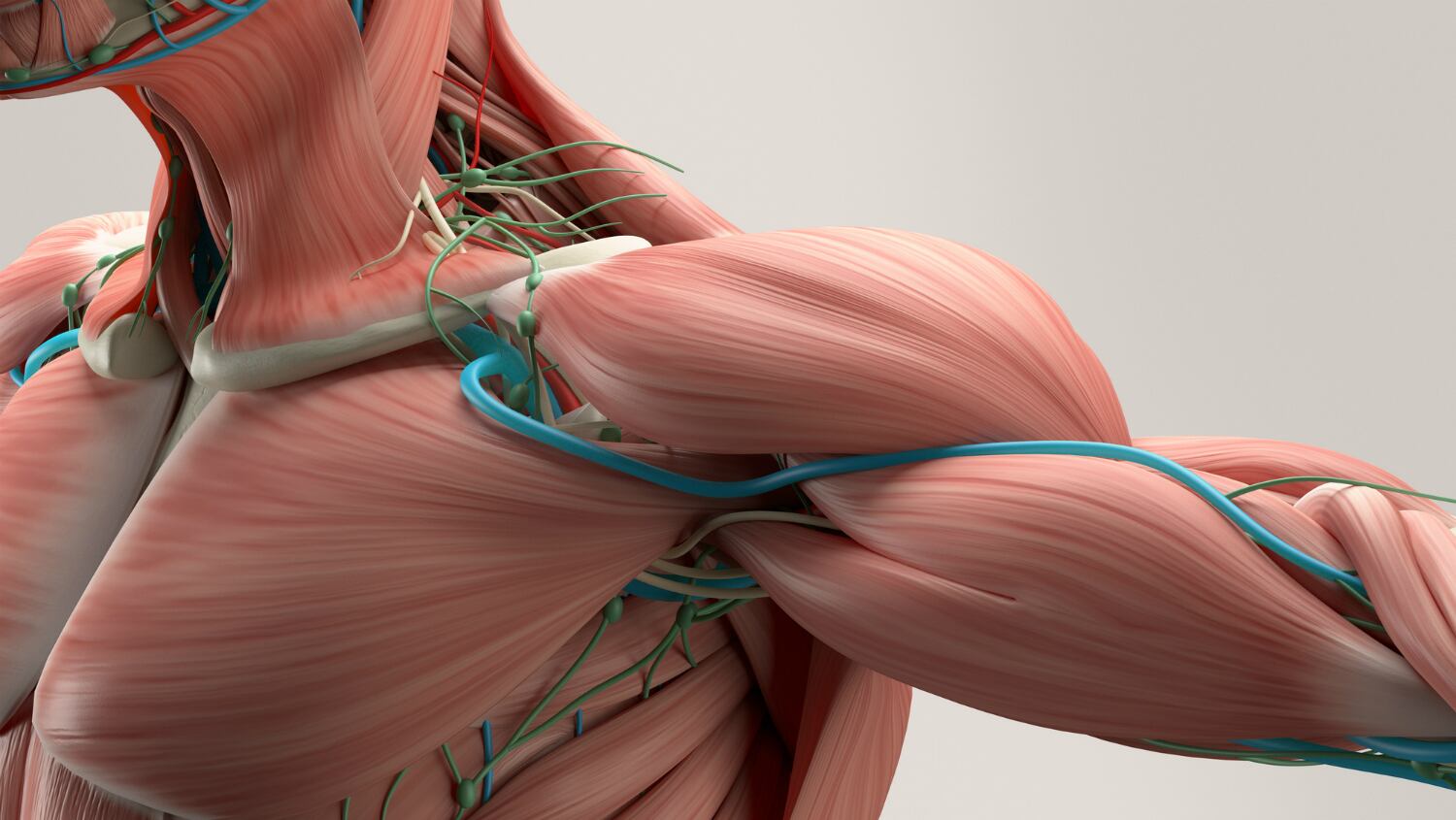China ripe for sports industry development
More foreign sports nutrition brands can achieve a breakthrough in China's sports nutrition market as market regulations become more favourable.
This is according to Oliver Lu, the general manager of Nutrition Depot, the official distributor of leading sports nutrition products in China.
Currently, US brand Muscle Tech by Iovate is the market leader in sports nutrition products in China. During the recent Double 11 sales event in Tmall, Muscle Tech by Iovate emerged as the best-selling sports nutrition product in Tmall for the fourth time in a row.
It broke a sales figure of RMB$40m on that day; its top-performing products included its protein powder and platinum whey powder.
As of last year, Muscle Tech, together with local Chinese brands Competitor (CPT) by Beijing Competitor Sports Technology and Gymmax by BY-Health, are the top three best-selling brands in China, according to data from Euromonitor.
While Chinese brands are still well-accepted by consumers, foreign brands are gaining market share rapidly, Lu said.
"Local brands such as CPT have been present in China for over 10 years and has played a role in consumer education.They are enjoying an edge, as foreign brands are currently facing stringent import regulations and can only come into China via cross-border e-commerce.
'However, when market regulations start to relax, and the environment becomes more favourable and fair, there is a good chance for more foreign brands to excel. Chinese consumers are exceptionally interested in foreign brands for certain types of products, and sports nutrition products are one of them."
According to market intelligence firm Mintel, functional sports beverages are a top priority for Chinese consumers, with 58% having used sports drinks and 52% energy drinks as sports nutrition supplements
Associate director (Food and Drink) Loris Li said, "The Chinese sports nutrition market is still in the very early stage, not as mature as the Western markets. Consumers lack knowledge about sports nutrition.
"Manufacturers can penetrate the market by targeting mainly sports professionals and lovers. With growing knowledge of sports nutrition and a professional level of doing sports or exercise, China’s sports nutrition market can keep optimistic in the long term."
One key difference between sports nutrition in the West and in China is that sports and energy drinks are typically not classified as sports nutrition products in the former, while Chinese consumers are using them as sports nutrition supplements during, before and after engaging in sports or exercise.
Between 2011 and 2016, the Chinese sports drinks segment grew by 42.8% in value and 39.3% in volume, while the energy drinks segment saw solid increases in value by 40.3% and volume by 34.4%.
The popularity of energy drinks among the Chinese also means fierce competition between brands. Red Bull leads the category, with several domestic brands such as Eastroc Beverage following closely.
In the sports drinks category, Danone’s Mizone is the top brand, having added more flavours to its range of functional beverages earlier this year to keep up with consumers’ diverse tastes.
Vitamin drinks and dairy-based sports nutrition products are also popular in China, with 66% of consumers using the former during, before and after exercise, while 53% have used the latter for the same purpose.
These trends indicate the potential for further development of China’s sports nutrition market, with Mintel highlighting three advantages in this area.
Firstly, consumer awareness of the importance of exercise and ‘cautious but curious’ approach to new product formats provides opportunities for brands to permeate the market.
Secondly, the government supports industry development, constructing community sports centres and organising sporting events across the country.
Finally, China’s booming e-commerce industry gives manufacturers a wide range of opportunities to sell to the Chinese market.
Li said, "In the longer term, investing in consumer education, particularly about how sports nutrition is more than just hydration and nutrition supplementation, is a challenging but must-do task.
"Brands also need to be smart in introducing new products by picking formats that are more likely to fit with Chinese consumers' current lifestyles."
Probiotics on the uptrend in South East Asia and China
Southeast Asia is an emerging probiotics market to watch, according to Morinaga.
A contributing factor is increased consumer understanding, Morinaga Nutritional Foods (APAC) VP Jason Foo said, citing the example of its probiotic-rich infant formula in Indonesia.
"Our infant formula in Indonesia is the best-selling product. We started less than 10 years ago — back when it was dominated by the big players — producing (infant formula) in Indonesia containing two strains of probiotics.
"It was the most expensive; in the first two to three years, nobody understood it (the benefits of the product), and sales were very slow.
"But in the last five years, we've become number one. We are the most expensive, but number one in terms of sales and brand recognition. Nowadays, if you go to Indonesia, Morinaga is a well-known brand.
"But why are people buying it? Because the product works. If you grew up with this, when you get married and have kids, you are going to buy this again. We are going to stay because the product works."
Excluding China, growth in Asia was most phenomenal in Australia, New Zealand and Malaysia, the top performing markets for the last five years.
"In the next 12 months, it will be very exciting and there will be many new launches in the South East Asia," Foo had previously told NutraIngredients-Asia.
China's probiotic market is also expanding rapidly. It is currently is valued at approximately US$8bn, with projections over the next seven years to almost double to about US$15bn — this means annual double-digit growth.
According to Matthew Harris, GM of Aussie firm Clinical Advantage, this growth could be as high as 15% to 20% in 2019.
Clinical Advantage recently launched Biotik, its brand of probiotic supplements for children and adults.
Harris told NutraIngredients-Asia that convenience and effectiveness were two major priorities for Chinese consumers, who are interested in novel delivery formats that can contribute to these factors.
Harris said, "I may be biased but I see our micro-shot delivery system as a format that will lead to high growth in China. I see the convenience of the micro-shot driving this growth: there's no need to swallow tablets or capsules, which is particularly good for children.
"There are also no messy powders, and no water or refrigeration is required, making it great for travel."
In terms of effectiveness, he said, there are two main factors: a proven probiotic strain, and the delivery of live cultures to the digestive system.
Harris added: "The one of the key growth drivers will be ongoing education around the importance of a healthy microbiome and how probiotics can help. Another is word of mouth, whereby consumers share their positive experiences after taking an effective probiotic.
"I see innovative delivery systems being another key driver. Liquid- or drink-based supplements versus traditional tablets and capsules continue to grow in Europe and the US, and I see this trend resonating in China and the APAC region."
Healthy snacking to catch on in the Middle East and Oceania
Busy consumer lifestyles, combined with greater health consciousness, have led to increased interest in 'healthy convenience', a trend that is driving the development of healthy snacks in the Middle East.
Tom Oliver, founder of supplement firm Tom Oliver Nutrition, told NutraIngredients-Asia: "We are seeing more high-protein, low-sugar snacks in a category historically stacked with high-fat, high-sugar products.
"This significant shift provides volume and therefore, significant growth opportunity for health brands to capture more of this previously 'unhealthy' category."
Oliver added that trends in the Middle East often follow from the US, where consumers are increasingly aware of the negative effects of excessive sugar consumption.
However, consumers are also unwilling to compromise on taste, leading to companies like Tom Oliver nutrition to develop high-protein, low-sugar chocolate snack bars, which have attracted buyers in the traditional health and pharmacy channels and convenience snacking categories.
"As a result, we have listed with global supermarket brands like Carrefour, Waitrose and Spar, as well as petrol stations across the Middle East (Mead and Monoprox) as we see this shift away from unhealthy snacks."
In Australia and New Zealand, millennials and Gen Z consumers rule the market for healthy snacking that cater to a wide range of tastes and needs, says Uplift Food founder Kara Landau.
She told NutraIngredients-Asia: "As millennials and Gen Z consumers become the main decision makers on how money is spent on food within a household, their focus on sustainability and more plant-focused diets will force manufacturers to innovate with offerings across a range of categories.
"I believe plant-based dairy alternatives, healthier snack foods, and beverages with benefits are categories are still ripe for disruption in the Australia and New Zealand markets."
Indeed, more vegan-friendly and allergen-free choices have entered the market at a steady rate, with many of these products developed by Aussie and Kiwi companies.
One example is Kiwi brand Raglan Coconut Yoghurt, which released a range of dairy-free yoghurt made with coconut cream in a variety of fruit flavours, with no other allergens or refined sugars.
Landau herself has also brought her brand's prebiotic-rich, allergen-free flagship product from Australia to the US, and is presently in the process of developing a range of functional snack products.
Apart from the absence of allergens and the increase in plant-based offerings, consumers in the Oceanic region are also looking for snacks with a higher fat content to fit with ketogenic-style diets
Landau said, "I believe these trends will continue based on more science coming out to support the benefits of reducing (the intake of) non-fibrous carbohydrates, as well as people taking a greater interest in working out which ingredients they are sensitive to."




